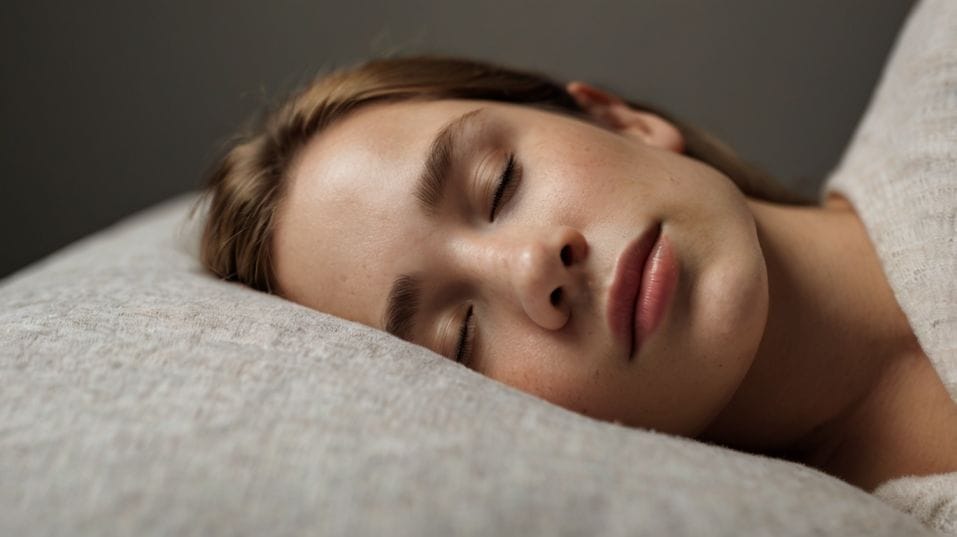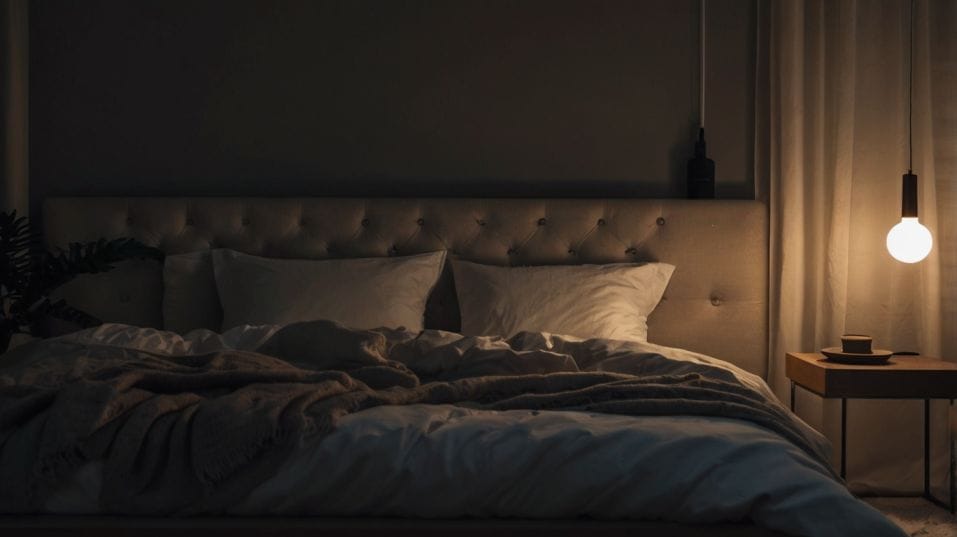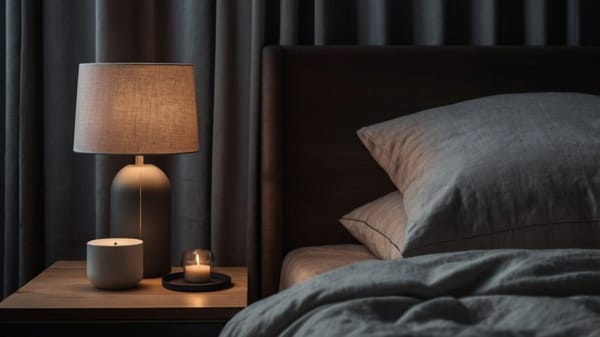Do Sleep Patches Work or Just Stick Around?
Curious about sleep patches? Discover how these trendy stickers work, what's inside, and whether they can actually help you sleep better tonight.

Still tossing and turning no matter what you try? You're not alone—and that’s why sleep patches are catching your eye. These sleek stickers promise to help you fall asleep faster and wake up refreshed, without pills or rituals that feel like work.
But do they actually deliver better rest—or just cling to your skin with good branding? Let’s break down what’s inside, how they work, and whether they’re worth your night.
What Sleep Patches Actually Are
Sleep patches are transdermal delivery systems. Translation: they deliver active ingredients—like melatonin or magnesium—through your skin, directly into your bloodstream.
That’s not some marketing fantasy; it’s the same science behind nicotine patches and hormone therapies.
The patch usually sticks to a relatively hair-free area like your shoulder, wrist, or lower back. Over the course of several hours, it releases microdoses of sleep-supporting compounds in a slow, steady stream.
No pills. No waiting for digestion. No midnight wakeups because your body processed everything too quickly.
So far, so good. But the real question is: do the ingredients work—and does delivering them through a patch make a difference?

Melatonin, Magnesium, and More: What’s Inside the Patch
Most sleep patches rely on a small cast of well-known ingredients. Here’s how they support better sleep when used properly:
Melatonin
The star of the show. Melatonin is your body’s natural sleep hormone, released in response to darkness. It doesn’t knock you out—instead, it tells your body it’s time to wind down.
But thanks to artificial light and screen exposure, many people release it too late or not enough.
A patch delivers a small, steady dose that mimics your body’s natural rhythm—often without the “melatonin hangover” that can follow a high-dose tablet.
Magnesium
This essential mineral calms your nervous system and supports muscle relaxation. If your sleep struggles come from stress, tension, or anxious thoughts at night, magnesium might be the quiet MVP.
Transdermal magnesium (often in the form of magnesium chloride or magnesium glycinate) can be especially gentle if oral supplements upset your stomach.
L-Theanine
Found in green tea, this amino acid boosts alpha brain waves—the ones associated with calm focus and relaxed alertness.
It’s not sedating; instead, it smooths out mental chatter, making it easier to slide into sleep. When paired with melatonin, it creates a calming duo that tackles both physical restlessness and mental overdrive.
CBD, GABA, and Herbal Extracts
CBD, GABA, and herbal extracts like valerian root or chamomile sometimes show up too, depending on the brand. While the science around herbal ingredients varies, some users swear by their relaxing effects.
Together, these compounds don’t sedate you like a sleeping pill. They create the right internal conditions for your body to do what it’s already wired to do: sleep deeply and naturally.
Why Beginners Are Turning to Sleep Patches
If you're just starting to get serious about sleep, patches offer a low-commitment way in. There’s no taste, no prep, and no routine to remember. Stick one on before bed, and it does the work for you.
Sleep patches are also incredibly beginner-friendly because they’re:
- Discreet – No bottles on your nightstand. No sounds of supplements clinking in your bag. Just a small patch, often skin-colored or clear.
- Non-habit-forming – The ingredients are natural supports, not sedatives. You’re not “hooked” on a patch.
- Customizable – Want more support? Try a patch with multiple calming ingredients. Prefer less? Go for a low-dose melatonin patch or one with just magnesium and herbs.
They also sync well with everyday routines. If your bedtime varies or your sleep isn’t perfect yet, a patch gives you a steady baseline of support—without needing a totally flawless schedule (yet).
But Do They Really Work?
Short answer: they can. Sleep patches work best when they support a healthy sleep environment—not replace one. They're not a cure for a broken circadian rhythm, chronic insomnia, or stress-filled nights on their own.
But they can make the transition to sleep smoother and more consistent—especially for people just starting to dial in their sleep hygiene.
What sets patches apart is the delivery method. Oral melatonin or magnesium has to travel through your digestive system, where absorption can be inconsistent.
A transdermal patch releases the ingredients gradually and avoids digestive interference. That’s especially helpful if you're sensitive to supplements or don’t like taking pills at night.
Plus, for people who wake up at 3 a.m. and can’t fall back asleep, the steady release means your body might get that gentle boost it needs to stay asleep—without jolts or crashes.
Tips for Getting the Most Out of Sleep Patches
If you want results, make the patch part of a broader bedtime setup that works with your biology:
- Keep the lights low after sunset. Bright light delays melatonin release. The patch helps, but don’t fight it with overhead fluorescents.
- Avoid screens or use blue light filters. The more your brain sees daylight, the longer it thinks it should stay awake.
- Stick to a wind-down routine. Even if it’s short—stretching, journaling, light reading—it signals to your brain that sleep’s coming.
- Stay consistent. Try your patch for several nights in a row, at roughly the same time. That builds rhythm and trains your internal clock.
And be patient. If you're used to tossing and turning for hours, the first patch might feel like a whisper. But sleep isn’t about instant results—it’s about cues, consistency, and setting your body up to remember how to rest.
Final Thoughts
Sleep patches aren’t a silver bullet, but they’re far from placebo. They offer a modern, science-supported way to ease into better sleep—especially for beginners who want a simple, effective tool without overhauling their entire life.
Used smartly, they help you build better habits, faster recovery, sharper focus, and real energy—all by doing less, not more.
So go ahead—stick one on tonight. Start small. Stay consistent. Let sleep find its way back to you. Your next best morning starts now.




